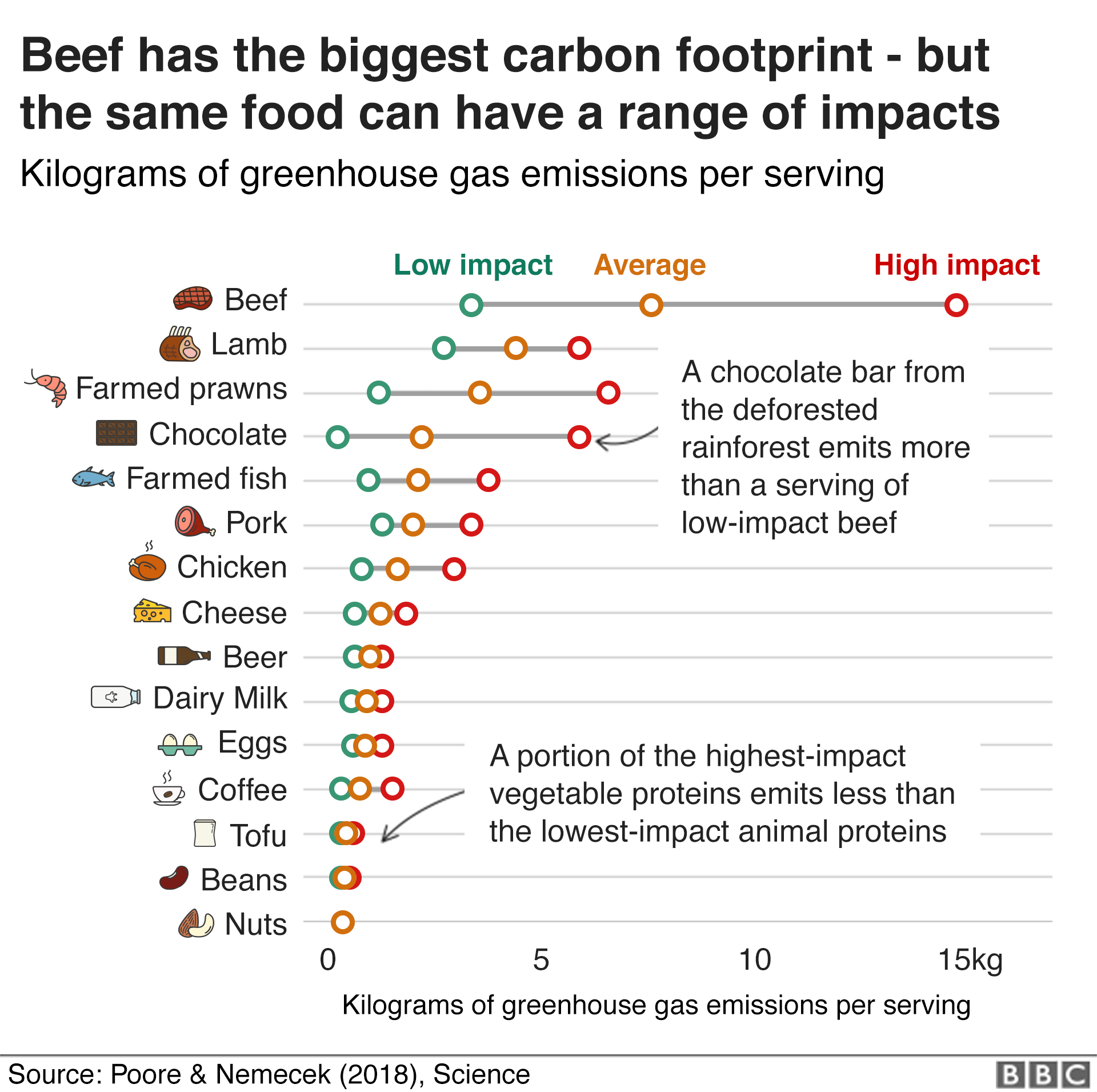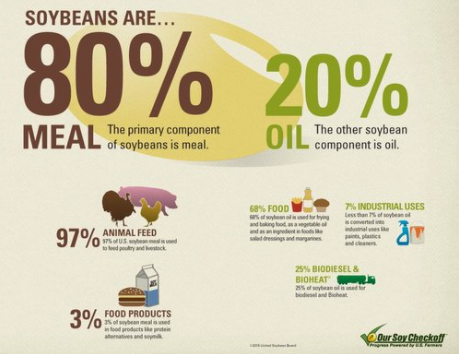To understand the environmental impact of a huge company like Vion, we need to not only look at the slaughter, but also the rearing and transport of all animals. Vion does not only cause environmental problems locally (such as in the province of North Brabant); but leaves its mark deep into the Amazon region.
Greenhouse gases
Vion only reports CO2 emissions that fall directly under its own control: 0,18 megaton CO2e per year. If we however include all emissions, their annual emissions are between 11.6 (Milieudefensie) and 15.2 megaton (GRAIN and IATP). According to a 2021 New York University study, Vion’s greenhouse gas (GHG) emissions are currently equivalent to 7.5 percent of the Netherlands’ total emissions.

Despite Vion saying: "as an important meat producer, we have an influence on lowering the negative impact of livestock farming", the company is doing hardly anything to reduce its climate impact. At most, Vion aims to reduce the carbon footprint of its factory processes, and actually envisions a higher production.
The tofu myth
According to Vion, the CO2 footprint of Dutch pork is lower than, or similar to tofu.

This is obviously not true, pork is at least twice as bad for the climate as tofu. Read our blog about this topic here.
Other environmental impacts
Poore and Nemecek compared the environmental impact of different food products in their comprehensive study 'Reducing food's environmental impacts through producers and consumers' (Oxford). This study also shows that in addition to high CO2 emissions, pork and beef also contributes significantly to land use, acidification, eutrophication, and water use.

In addition, livestock farming produces fine particles; manure contains nitrogen and phosphate; and antibiotics are used. The east of Brabant and the north of Limburg are heavily polluted by the 16.5 billion kilos of manure produced annually by all animals, more than one fifth of all manure in the Netherlands.
Despite this, Vion keeps saying that (Dutch) meat is climate-friendly.

Nutritious meat?
Vion claims to contribute to the Sustainable Development Goals, amongst those number one on "zero hunger", and that meat protein is important for a healthy diet.

However, meat and dairy products only provide 18% of global calories, 37% of the protein, yet take up 83% of agricultural land. Vion exaggerates the need for protein and doesn't mention that vegan diets - which contain protein as well - are healthy and nutritionally adequate.
Water use
A kilo of pig meat requires 6000 liters of water. Of course, the production of vegetable crops also requires water, but this is considerably less than for meat. For 1300 calories in the form of grains, about 500 liters of water is needed.
The "ultimate circulair animal"
According to the Dutch Pig Farmers' Union, the Dutch pig is an "ultimate circulair animal. Approximately 65% of the pig feed in the Netherlands consists of by-products from the Dutch food industry". However, these so called by-products include soybean meal, according to the animal feed lobby organisation, Nevedi. Contrary to what the industry tries to make us believe, soy is cultivated for animal feed and soybean meal is a main cause of the growing demand for soy. According to Natuur en Milieu, the standard feed for pigs consists largely (91%) of raw materials that are specially cultivated as animal feed. In total, about 70% of the raw materials for pig feed is also suitable for human consumption or is grown on land where food for humans could grow as well.

Since 1 kilo of pork requires about 6,5 kilos of vegetable feed, a pig is not a circulair animal at all. Rather, eating pigs as a source of protein is a very inefficient way to use our limited land!
Vion is a member of the Round Table on Responsible Soy Association and says that “the RTRS certification includes strict requirements on the preservation of natural forests and other natural resources.”

However, RTRS claims are misleading and being a member of this Association is just another greenwashing trick. Also, Vion committed to this soy for one only specific product line (Good Farming Star, which is sold in Dutch supermarkets). See also here.
Smell and other problems
Finally, Vion causes local environmental problems. Local residents have been complaining for years about smell, noise and traffic. Although Vion borders a nature reserve (Kampina), and objections have been raised by various groups, the company has been allowed to expand. Residents are also concerned about waste water that regularly flows into ditches and the river Bommel.